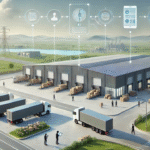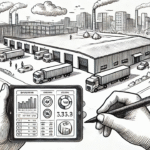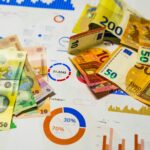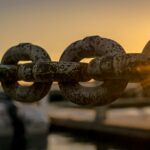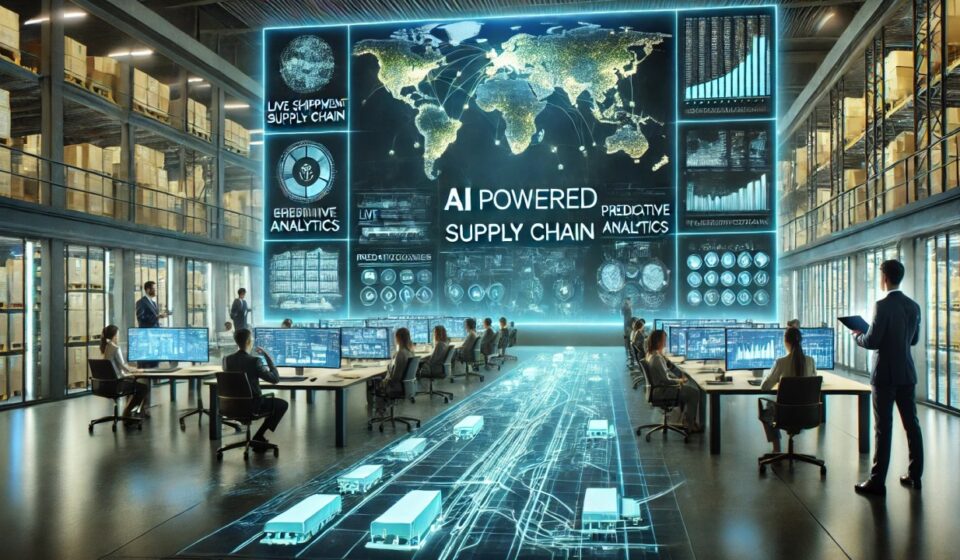
From Forecasting to Foresight
How predictive intelligence is changing demand planning—from static spreadsheets to living systems.
Every December, it’s the same ritual.
A supply chain planner opens last year’s forecasting spreadsheet. They copy and paste the cells, tweak a few assumptions, maybe bump up the “expected demand” by 3%—just to be safe. Add in some historical sales figures, a few charts, and voilà: another demand plan is born.
It looks clean. Professional. But make no mistake: it’s a guess with a makeover.
This is the illusion of forecasting as we’ve known it. It feels analytical. Rational. But it’s backward-looking, brittle, and blind to the real world’s chaos. The spreadsheet doesn’t care if there’s a shipping delay in the Suez, a cold front moving through Texas, or a TikTok trend driving up demand for purple soda in Cincinnati.
And that’s the problem.
Spreadsheets Were Never Built for Uncertainty
For decades, supply chains have depended on human intuition wrapped in Excel. It worked—sort of—when markets were predictable, consumer behavior was linear, and the lead time from China was a consistent 42 days.
Today? Not so much.
We live in a world of volatility stacked on volatility. A celebrity endorsement can spike demand overnight. A labor strike on one continent can cripple delivery networks on another. Your forecast—crafted with care just two weeks ago—is already obsolete.
Static systems simply can’t handle dynamic environments.
Predictive Intelligence: Less Guess, More Know
Predictive intelligence doesn’t make supply chains smarter. It makes them aware.
It’s not just a model trained on last year’s sales data—it’s a living system that absorbs everything:
- POS trends in real time
- Weather disruptions in shipping lanes
- Social media sentiment
- News events, economic indicators, inflation forecasts
- Even anomalies in supplier behavior
These models don’t just analyze what happened. They anticipate what’s likely to happen next. And when things start veering off course? They course-correct on the fly.
Think of it like autopilot for demand planning—except this autopilot reads headlines, watches your customers, and adapts faster than your team can schedule a meeting.
The End of “One Number” Forecasts
Here’s where it gets even more interesting. Predictive systems don’t lock you into a single, sacred number. They deliver a range—a set of possible outcomes with confidence intervals.
That nuance is powerful.
Instead of preparing for what you think will happen, you prepare for what’s likely to happen, what could happen, and how bad things might get if they don’t. You stop reacting and start scenario-planning in real time.
From Manual Models to Living Systems
Traditional forecasting is like programming a robot with rules from a handbook. Predictive foresight is like teaching it to learn on its own.
Living systems learn. They adapt. They self-tune.
They recognize that the spike in demand from your coastal stores isn’t just a fluke—it’s tied to a regional music festival you hadn’t even considered. They don’t wait for the monthly planning cycle to catch up—they act. Now.
What This Means for the Real World
Let’s say you run planning for a mid-size retailer. Historically, your seasonal forecasts were, at best, hit or miss. One year you overstocked jackets in Miami. Another year, you ran out of snow boots in Boston during a record cold snap.
Now imagine your system is ingesting local weather reports, news of an early winter, even Google search patterns for “thermal wear” in New England.
Two weeks before the cold front hits, your system suggests a 22% uptick in shipments to key zip codes—before customers even show up to shop.
That’s not just forecasting. That’s foresight. And it’s the difference between being ready and being lucky.
The Rise of the Augmented Planner
This doesn’t mean the end of human decision-makers. Far from it.
The best systems elevate planners. They turn them into interpreters, not just data wranglers. No more days lost inside VLOOKUPs and manual adjustments. Instead, planners can focus on strategy, exceptions, and actions that matter.
The AI isn’t replacing you. It’s removing the drudgery. It’s handing you the gift of time—and sharper insight.
Foresight Is a Choice
We’re entering an era where companies are no longer competing on products or price alone. They’re competing on how fast they know.
Foresight is no longer a luxury—it’s a differentiator. And in the world of supply chains, it’s becoming the edge that separates the agile from the obsolete.
So here’s the question every business leader must answer: Are you planning based on what was? Or acting on what’s about to be?
The spreadsheet won’t see what’s coming. But your AI can.
Time to make the shift—from forecasting to foresight.


